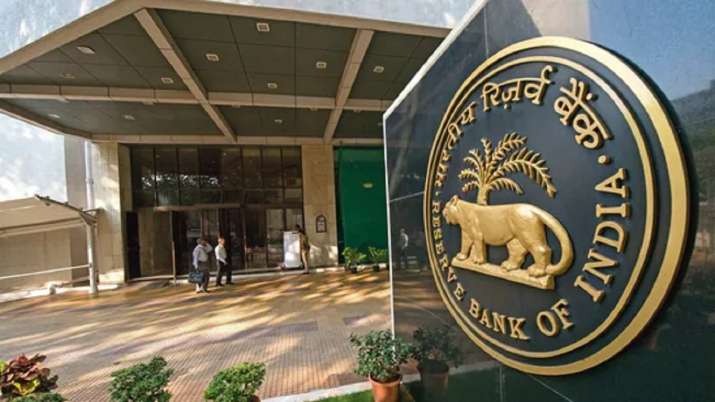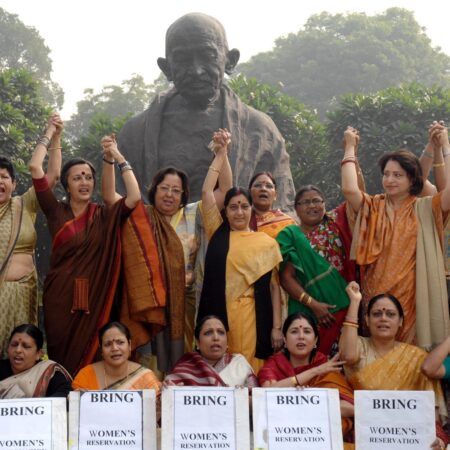
RBI’s focus on the withdrawal of its accommodative policy, both in response to rising inflation.
The Reserve Bank of India raised the repo rate by 50 basis points in its bi-monthly review on Wednesday. This move, combined with the RBI’s emphasis on withdrawing its accommodative policy in response to rising inflation, is expected to result in a further rise in interest rates in the banking system.
The 50-basis-point hike, which comes after a 40-basis-point hike on May 4, was undertaken to combat inflation. Noting that headline inflation increased by 170 basis points between February and April 2022, the RBI forecasts 7.5 percent in Q1 of FY 22, 7.4 percent in Q2, 6.2 percent in Q3, and 5.8 percent in Q4, with a baseline inflation rate of 6.7 percent for 2022-23.
The repo rate is the interest rate at which the RBI lends to commercial banks. When interest rates are raised, it makes money more expensive, which reduces demand in the economy and brings inflation down.
“Inflation has steeply increased much beyond the upper tolerance level. A large part of the rise in inflation is primarily attributed to a series of supply shocks linked to the war [in Ukraine]. In these circumstances, we have started a gradual and orderly withdrawal of extraordinary accommodation instituted during the pandemic,” Mr. Das explained.
Inflation predictions changed: RBI
Based on the assumption of a normal monsoon in 2022 and an average crude oil price (Indian basket) of $105 per barrel, the RBI now projects 6.7 percent inflation in 2022-23, with Q1 at 7.5 percent, Q2 at 7.4 percent, Q3 at 6.2 percent, and Q4 at 5.8 percent, with risks evenly balanced.
Mr. Das estimated that the food group was responsible for roughly 75% of the increase in inflation projections, noting that “the recent spike in tomato prices” was contributing to food inflation. Furthermore, the baseline inflation projection of 6.7 percent for 2022-23 did not account for the impact of Wednesday’s monetary policy actions, he added.
“Between February and April, headline inflation has increased by about 170 basis points (bps),” Mr. Das stressed. ” With no resolution of the war in sight and the upside risks to inflation, prudent monetary policy measures would ensure that the second-round effects of supply side shocks on the economy are contained and long-term inflation expectations remain firmly anchored and inflation gradually aligns close to the target,” he said.
Retained GDP forecasts:
The MPC maintained its 7.2 percent real GDP growth forecast for 2022-23. Output was expected to grow by 16.2 percent in the first quarter, 6.2 percent in the second quarter, 4.1 percent in the third quarter, and 4.0 percent in the fourth quarter, with risks broadly balanced.
“The monetary policy actions including withdrawal of accommodation will be calibrated keeping in mind the requirements of the ongoing economic recovery,” Mr. Das asserted.
“While further rate hikes remain clearly on the table, with the reference to the revised repo rate of 4.9% remaining below the pre-pandemic level, the comment on the orderly completion of the government borrowing programme has served to cool the 10-year G-sec yield,” said ICRA chief economist Aditi Nayar. “We foresee further repo hikes of 35 bps and 25 bps, respectively, in the next two policies,” she added.
Mr. Das stated that central banks were reorienting and recalibrating their monetary policies, which was not surprising. The increased market turbulence, monetary policy shifts in advanced economies (AEs), and their spillovers posed greater challenges for emerging market economies (EMEs). He noted that the process of economic recovery in EMEs is also being hampered.
“During these difficult and challenging times, the Indian economy has remained resilient, supported by strong macroeconomic fundamentals and buffers. The recovery has gained momentum despite the pandemic and the war,” the RBI Governor asserted.
Read More- Post RBI’s repo hike, banks increase loan rates













